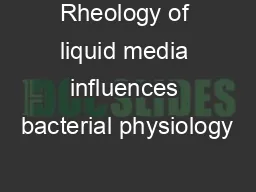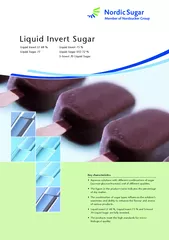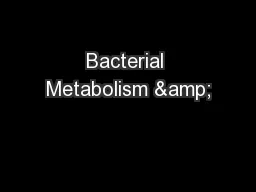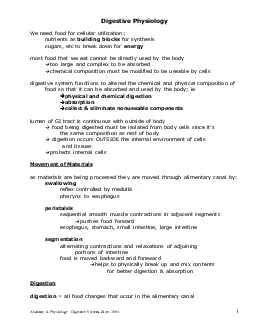PPT-Rheology of liquid media influences bacterial physiology
Author : calandra-battersby | Published Date : 2018-02-24
Maja Borić Tjaša Danevčič David Stopar University of Ljubljana Biotechnical Faculty Importance of rheology in biotechnological processes Rheology studies
Presentation Embed Code
Download Presentation
Download Presentation The PPT/PDF document "Rheology of liquid media influences bact..." is the property of its rightful owner. Permission is granted to download and print the materials on this website for personal, non-commercial use only, and to display it on your personal computer provided you do not modify the materials and that you retain all copyright notices contained in the materials. By downloading content from our website, you accept the terms of this agreement.
Rheology of liquid media influences bacterial physiology: Transcript
Download Rules Of Document
"Rheology of liquid media influences bacterial physiology"The content belongs to its owner. You may download and print it for personal use, without modification, and keep all copyright notices. By downloading, you agree to these terms.
Related Documents














